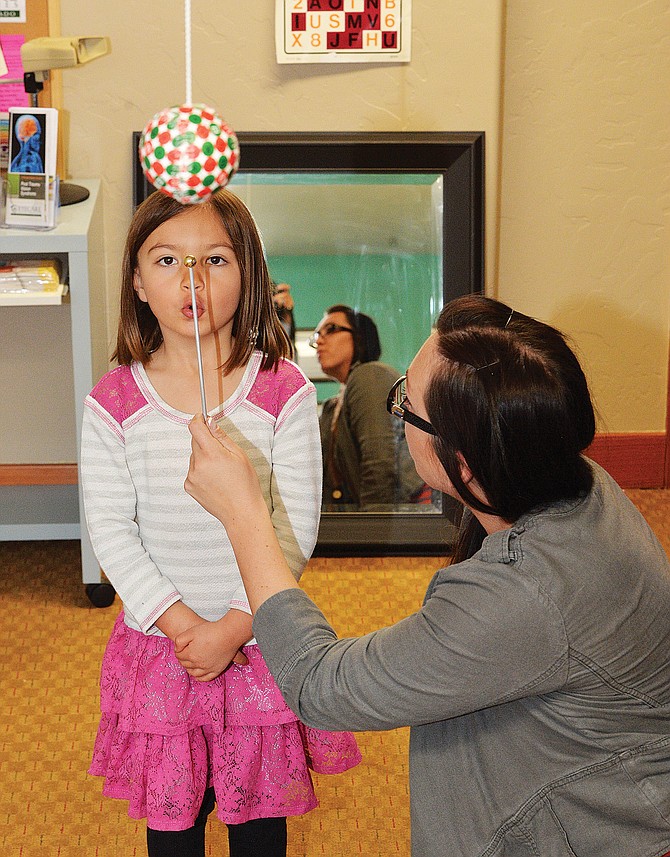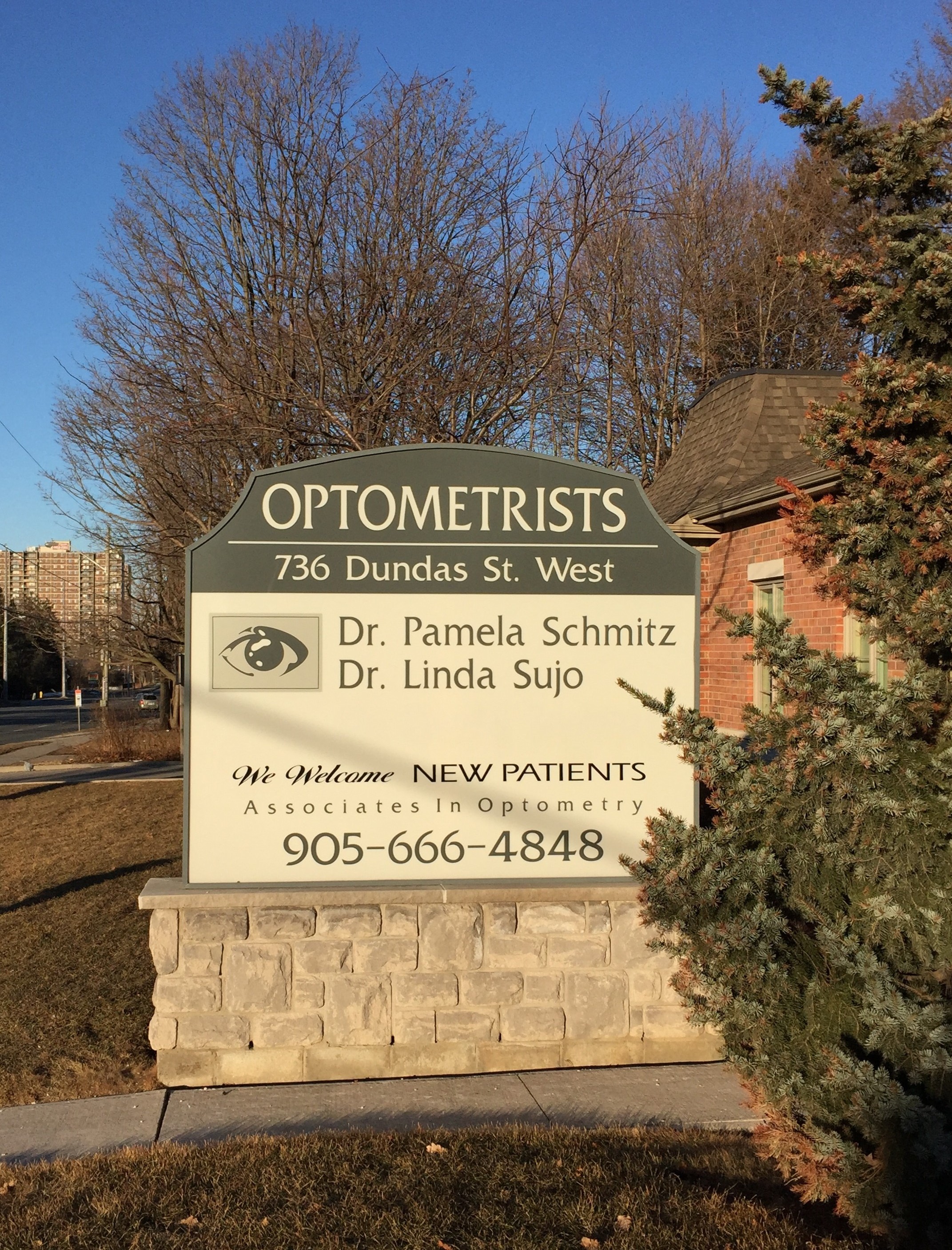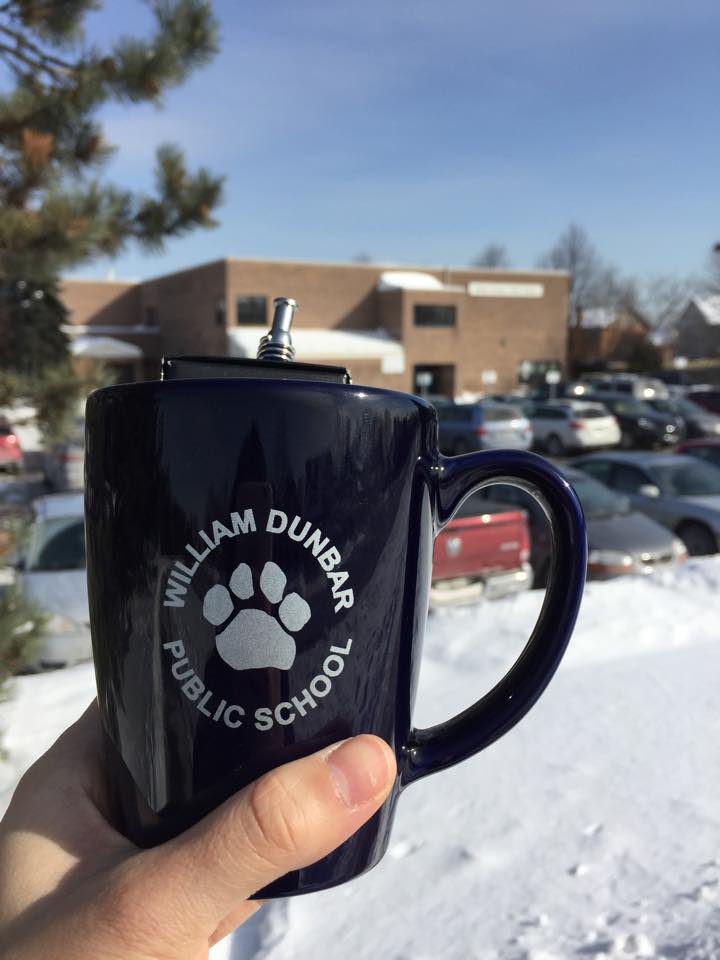Child With “20/20” Eyes Can Still Have Trouble Copying From The Board
Here’s how a child with “20/20” eyes can still have trouble at school with things like copying from the board! (from the VisualLearningCenter.com)
A child may have “20/20″ clear eyesight but may also lack the ability to refocus from near to far and from far to near. As the child looks down at his paper to read or write, he may see clearly. After he is looking at the board for some time, he can see clearly too. However, looking up and down, back and forth, from the board to the paper might be where the difficulty comes into play.
Another vision problem that would make it difficult for your child to copy from the board at school is poor eye teaming. Eye teaming, known in functional optometry as “binocular vision skills,” refers to the ability for the two eyes to work together as a team. If both eyes are not moving at the same time in the same direction, a child will struggle to look up at the board, down at her paper, and back again without experiencing visual fatigue and tiring quickly.
Your child could also have poor eye movements, such as tracking and pursuits.Tracking eye movement skills help the child “locate” the words on the board and then locate the space on the paper where they are to place their print. A child with poor tracking skills loses her place often, and getting lost frequently is frustrating and tiring.
[Excerpt] Read more at the VisualLearningCenter.com
A program of Vision Therapy can improve eye teaming, eye tracking, and focusing skills.




